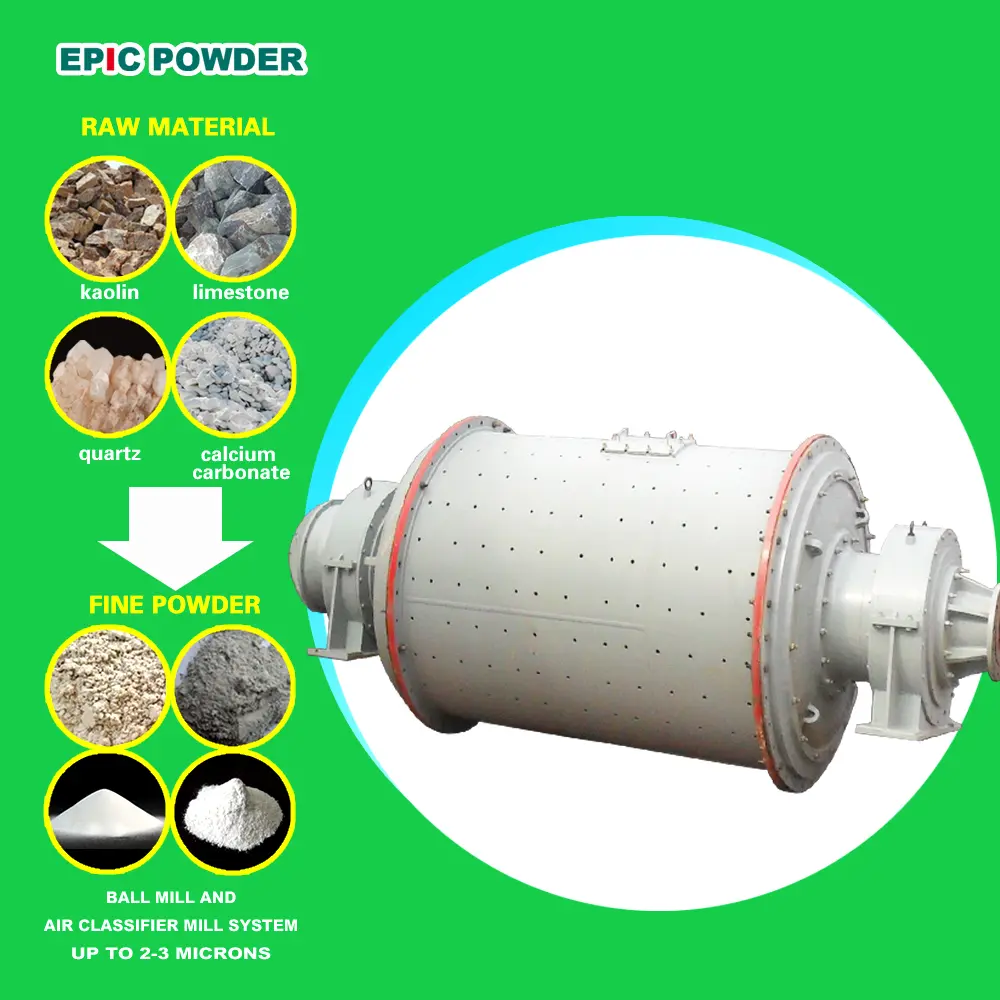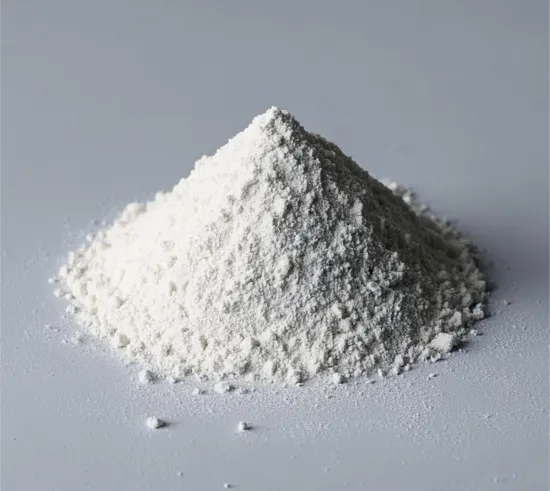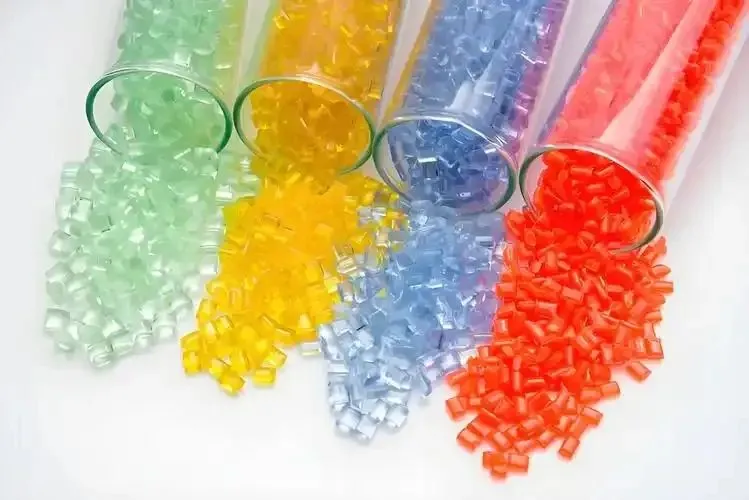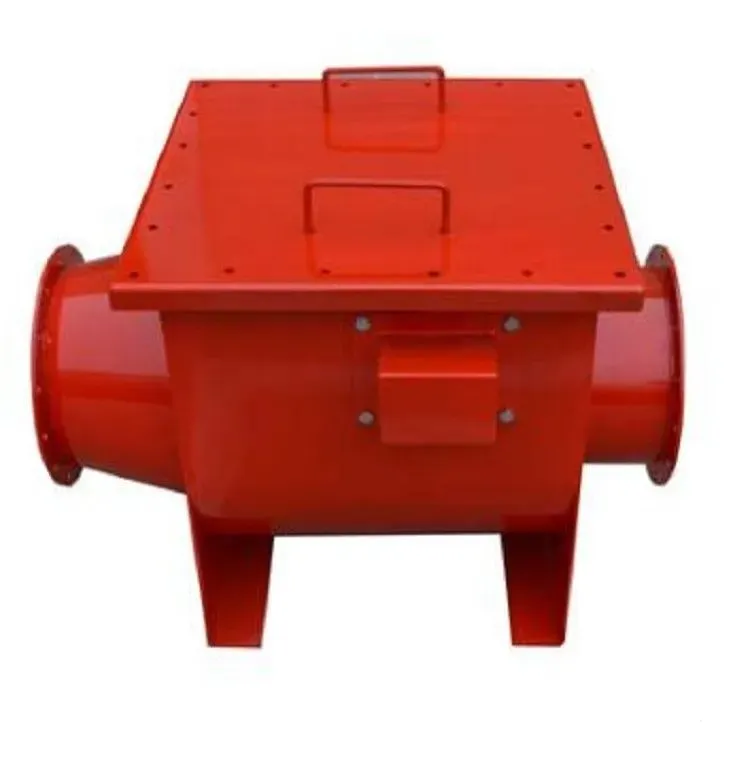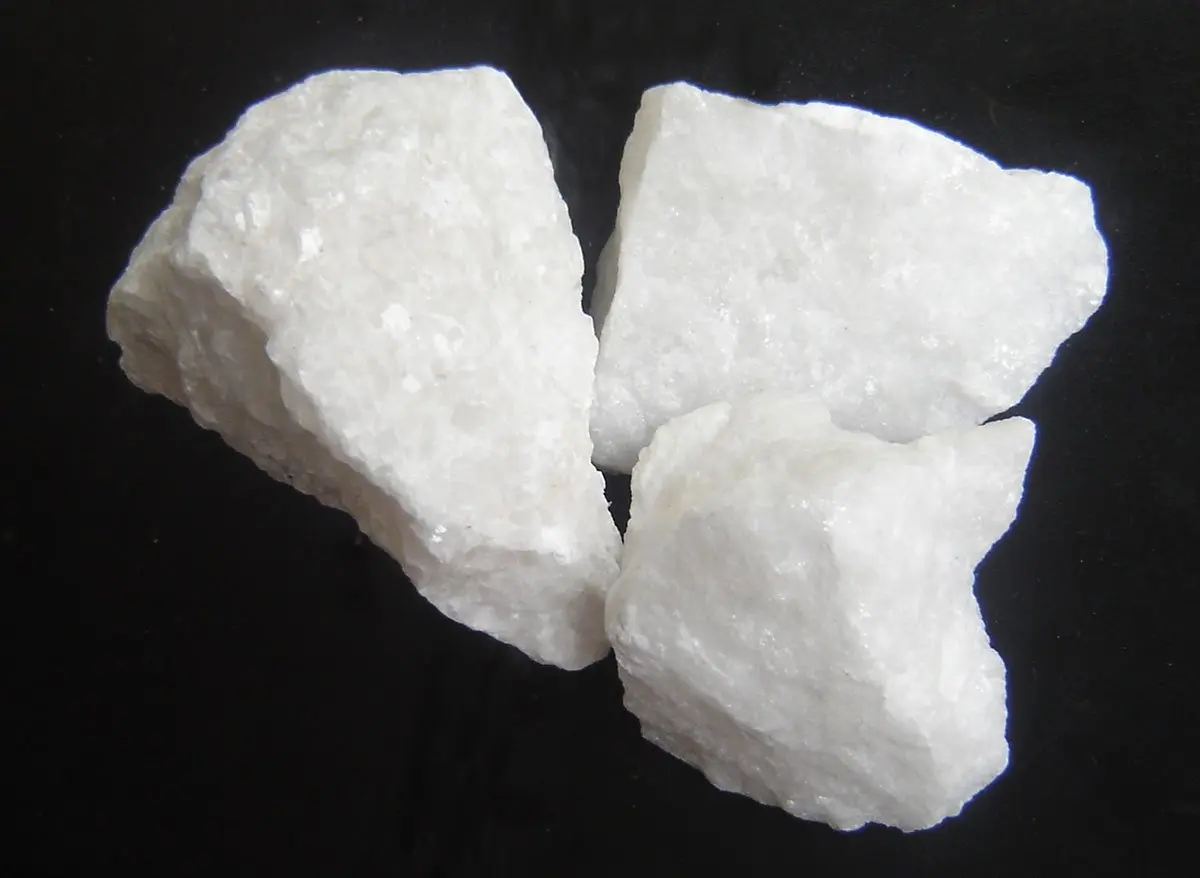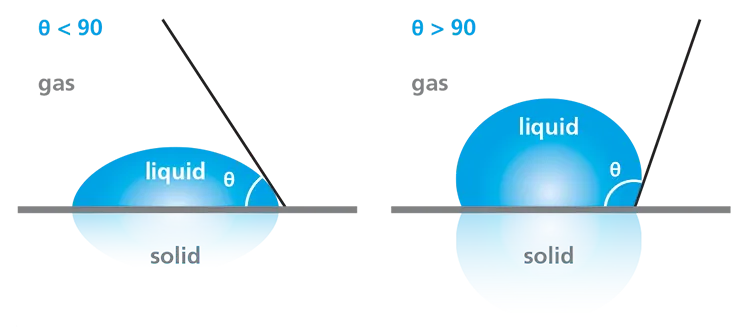To convert mesh to micrometer, one must understand the relationship between mesh size and particle size. Mesh size is the number of openings per inch in a screen or sieve. Micrometers measure particle diameter. A higher mesh number means smaller particles. It indicates more openings. A 100 mesh screen typically filters out particles about 149 micrometers wide. So, to convert mesh to micrometer, refer to a specific chart. It outlines the measurements.
Sieve inner diameter (μm) ≈ 14832.4/sieve mesh number
“Mesh size” measures the size of raw material particles. It is the maximum length of the particles. The mesh size indicates the size of the sieve hole of the standard sieve. In the Taylor standard sieve, the mesh is the number of sieve holes in a length of 2.54 cm (1 inch), and is referred to as mesh.
Taylor standard sieve system: The Taylor sieve system uses a 200 mesh sieve. Its hole size is 0.074 mm. Raise the square root of the main modulus (1.141) to the nth power (n = 1, 2, 3…). Then, multiply or divide it. You will get a coarser or finer sieve hole size. If you multiply or divide 0.074 mm by (1.1892) to the nth power, you can get a series of sieve hole sizes with finer graduations.
The larger the mesh number, the finer the particles. It is similar to the magnification of the metallographic structure.
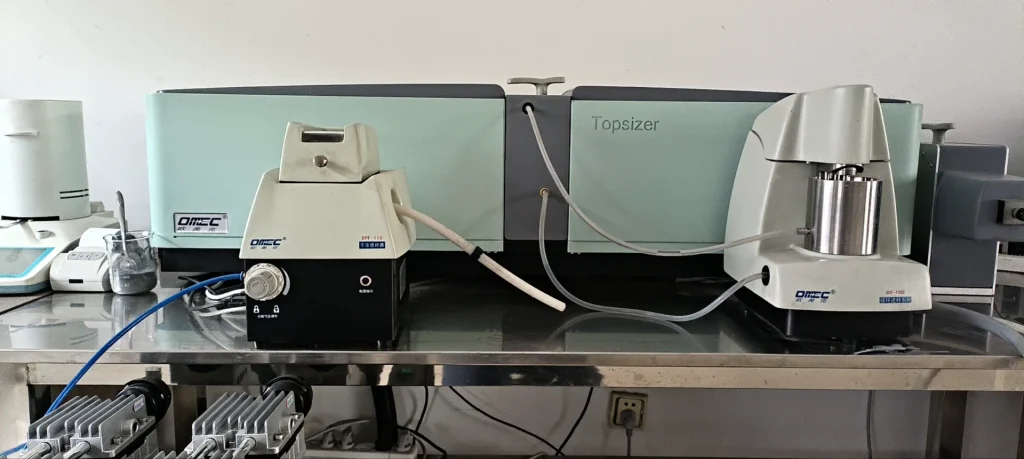
The plus or minus sign before the mesh number indicates whether the mesh hole of that mesh number can be missed. Negative numbers mean the particles can pass through the mesh. Their size is smaller than the mesh size. Positive numbers mean the particles cannot pass through the mesh. Their size is larger than the mesh size. For example, particles with a mesh size of -100 to +200 can pass through a mesh of 100 but not a mesh of 200. When screening particles with this mesh size, use a small-mesh (100) sieve. Place large-mesh (200) particles under it. The particles left in the sieve with a large mesh size (200) are particles with a mesh size of -100 to 200.
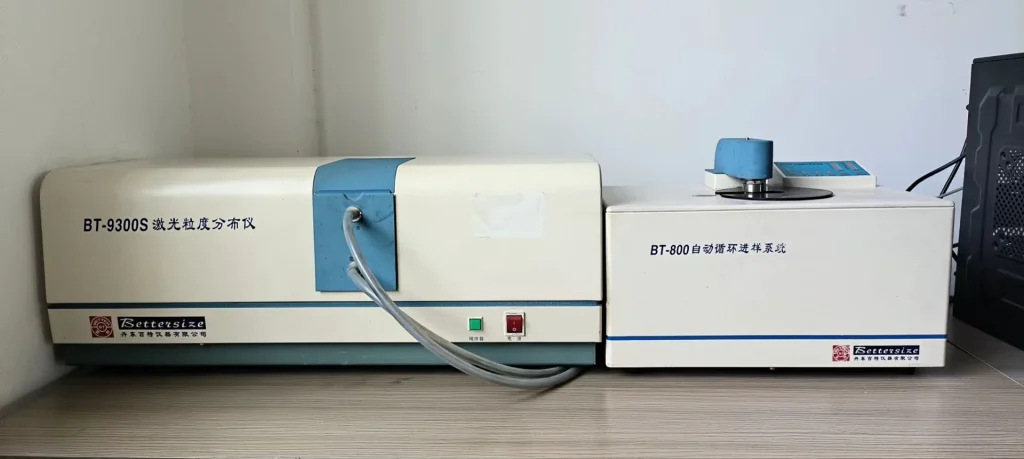
Mesh number micron conversion table
| mesh | Micrometer (μm) | mesh | Micrometer (μm) | mesh | Micrometer (μm) |
| 2 | 8000 | 42 | 355 | 180 | 80 |
| 3 | 6700 | 45 | 325 | 200 | 75 |
| 4 | 4750 | 48 | 300 | 230 | 62 |
| 5 | 4000 | 50 | 270 | 240 | 61 |
| 6 | 3350 | 60 | 250 | 250 | 58 |
| 7 | 2800 | 65 | 230 | 270 | 53 |
| 8 | 2360 | 70 | 212 | 300 | 48 |
| 10 | 1700 | 80 | 180 | 325 | 45 |
| 12 | 1400 | 90 | 160 | 400 | 38 |
| 14 | 1180 | 100 | 150 | 500 | 25 |
| 16 | 1000 | 115 | 125 | 600 | 23 |
| 18 | 880 | 120 | 120 | 800 | 18 |
| 20 | 830 | 125 | 115 | 1000 | 13 |
| 24 | 700 | 130 | 113 | 1340 | 10 |
| 28 | 600 | 140 | 109 | 2000 | 6.5 |
| 30 | 550 | 150 | 106 | 5000 | 2.6 |
| 32 | 500 | 160 | 96 | 8000 | 1.6 |
| 35 | 425 | 170 | 90 | 10000 | 1.3 |
| 40 | 380 | 175 | 86 |
Mesh number, that is, the number of holes
Mesh number is the number of holes, that is, the number of holes per square inch. The larger the mesh number, the smaller the aperture. Generally speaking, mesh number × aperture (micrometers) = 15000. For example, a 400-mesh screen has a 38-micron aperture. A 500-mesh screen has a 30-micron aperture. Because of the different wire thicknesses in the net, the opening rates vary. So, different countries have different standards. There are currently three standards: American standard, British standard and Japanese standard. The British and American standards are similar. The Japanese ones are quite different. My country uses the American standard. It can be calculated using the formula above. The mesh size comparison table of the American Taylor standard sieve. Detailed information can be seen on the following webpage.
From this definition, we can see that the size of the mesh determines the size of the sieve aperture. And the size of the sieve aperture determines the maximum particle Dmax of the sieved powder. So, the 400-mesh polishing powder is likely very fine. Its size is probably 1-2, 10, or 20 microns. Because the sieve aperture is about 38 microns. The D50 of the 400-mesh polishing powder we produce is 20 microns. The attached picture shows a photo of this polishing powder, and note that the scale is 50 microns.
The correct way to describe granularity
So, it is inappropriate to use mesh count to measure the particle size of polishing powder. Use particle size (D10, D50, D90) to indicate size. Use mesh count to convert the maximum particle size. If you have read the Japanese JIS standard for abrasives, you will find it very scientific. Each of their abrasives has given the D3, D50, and D97 requirements. The data from different particle size measuring instruments are different. Their principles are different. The requirements are very strict. For example, D50 is 2 micron powder, D3 is roughly 0.9 micron, and D97 is 4 micron. What does it mean? Among the so-called 2-micron powder, less than 0.9 micron cannot exceed 3%, and more than 4 micron cannot exceed 3%. This is very strict. Most polishing powders on the market, including foreign ones, cannot meet this requirement. The fine powders exceed the standard, especially.
There is a reason why the mesh number is used to characterize the particle size of polishing powder. The old polishing powder factory uses dry ball milling and screening. So, the D50 of 300 mesh powder is about 9 microns. The D50 of 500 mesh powder is about 2 microns. Everyone has been using it this way, and it can basically guide production and use. However, new production processes and a need for high-precision polishing require better methods.
The second method of converting mesh to micrometer
Mesh refers to the number of holes per square inch on the sieve. 50 mesh means 50 holes per square inch, 500 mesh means 500 holes per square inch. The higher the mesh number, the more holes there are. It shows both the sieve’s holes and the particle size that can pass through them. The higher the mesh number, the smaller the particle size.
The size of powder particles is called particle size. Due to the complex shape of particles, there are many ways to express their size. These include screening, sedimentation, equivalent volume, and equivalent surface area. Screening particle size is the size of the mesh holes that particles can pass through in a sieve. It is expressed as the number of mesh holes in a 1-inch (25.4mm) wide sieve, so it is called “mesh number.” Currently, there is no global standard for powder particle size. Each company has its own definition and method for expressing particle size. Sieve specs vary by country and industry. So, “mesh” is hard to define.
The world now uses the diameter of equivalent volume particles to express particle size. It is in μm or mm.
| Mesh | Particle size (μm) | Mesh | Particle size (μm) | Mesh | Particle size (μm) |
| 5 | 3900 | 140 | 104 | 1600 | 10 |
| 10 | 2000 | 170 | 89 | 1800 | 8 |
| 16 | 1190 | 200 | 74 | 2000 | 6.5 |
| 20 | 840 | 230 | 61 | 2500 | 5.5 |
| 25 | 710 | 270 | 53 | 3000 | 5 |
| 30 | 590 | 325 | 44 | 3500 | 4.5 |
| 35 | 500 | 400 | 38 | 4000 | 3.4 |
| 40 | 420 | 460 | 30 | 5000 | 2.7 |
| 45 | 350 | 540 | 26 | 6000 | 2.5 |
| 50 | 297 | 650 | 21 | 7000 | 1.25 |
| 60 | 250 | 800 | 19 | ||
| 80 | 178 | 900 | 15 | ||
| 100 | 150 | 1100 | 13 | ||
| 120 | 124 | 1300 | 11 |

